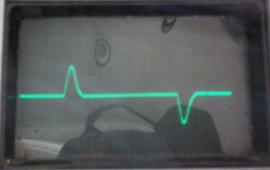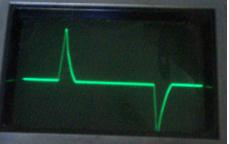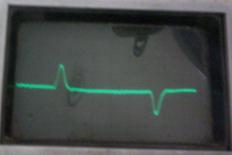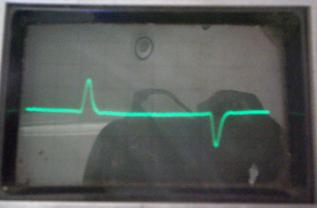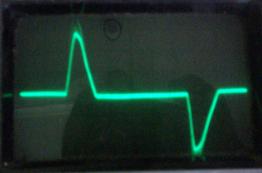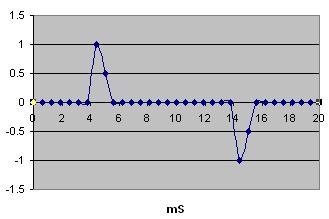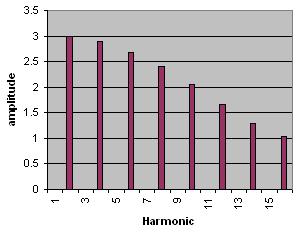Plug packs: Difference between revisions
Tonyforster (talk | contribs) |
Tonyforster (talk | contribs) |
||
| Line 39: | Line 39: | ||
[[File:Plugpack harmonics.xls]] |
[[File:Plugpack harmonics.xls]] |
||
Failures of generators have been reported from OLPC deployments. The following is a likely explanation. |
|||
<i>Harmonic currents produce high frequency flux change and |
|||
cause heating in stator cores. Rotor losses also occur |
|||
because harmonic currents in the stator will induce |
|||
currents in the pole faces and amortisseur windings. Higher |
|||
magnetic core temperatures result in a higher winding |
|||
temperature.</i> (1) |
|||
Power factor has been suggested as a cause and power factor correction discussed, but power factor correction is likely to produce more problems than it fixes. |
|||
<i>Caution must be exercised where power factor correction |
|||
capacitors are used. A resonant condition at one of the |
|||
harmonic frequencies with some part of the line inductance |
|||
such as a transformer, on-line motor, or the generator is |
|||
possible. Excessive and possibly damaging currents at the |
|||
harmonic frequency can flow through the equipment. Power |
|||
factor correction capacitors are used primarily for |
|||
economic reasons; however, they can also be effective in |
|||
reducing waveform distortion.</i> (1) |
|||
==Refs== |
==Refs== |
||
Revision as of 22:15, 4 December 2010
Waveforms
Charger input waveforms, 0.2A/square, screen edges and centre are the input voltage zero crossings
Green wallwart AD5953 ALF, XO1.5 running 93% charge 240V input
as above but run on battery power down to 80% charge then plugged in
Green wallwart Delta ADP17FBA, XO1.5 running 93% charge 240V input
White wallwart Bestek NA0241WAA, XO1.5 running 93% charge 240V input
For comparison a PC power supply. Vertical scale is 0.4A/square, the waveform has a wider pulse and could be expected to be less stressful on generators and transformers but not much better.
Harmonics
The load is well balanced with respect to leading/lagging power factor, showing only a slight leading or capacitive power factor. The waveform is very rich in harmonics. This could lead to overheating in transformers and generators due to eddy currents.
A harmonic analysis on the following approximation of the waveform
yielded this result
Failures of generators have been reported from OLPC deployments. The following is a likely explanation.
Harmonic currents produce high frequency flux change and cause heating in stator cores. Rotor losses also occur because harmonic currents in the stator will induce currents in the pole faces and amortisseur windings. Higher magnetic core temperatures result in a higher winding temperature. (1)
Power factor has been suggested as a cause and power factor correction discussed, but power factor correction is likely to produce more problems than it fixes.
Caution must be exercised where power factor correction capacitors are used. A resonant condition at one of the harmonic frequencies with some part of the line inductance such as a transformer, on-line motor, or the generator is possible. Excessive and possibly damaging currents at the harmonic frequency can flow through the equipment. Power factor correction capacitors are used primarily for economic reasons; however, they can also be effective in reducing waveform distortion. (1)
